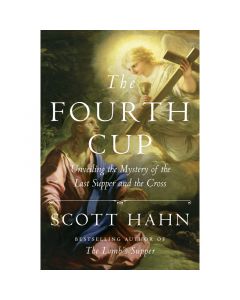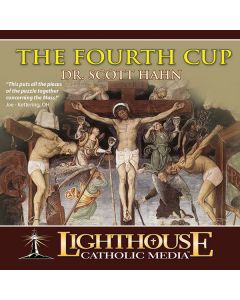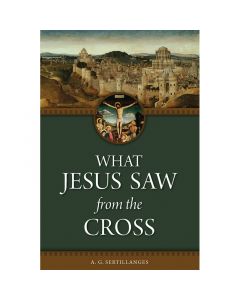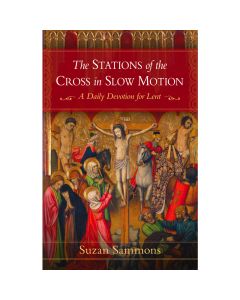The Fourth Cup: Fulfillment of the Old Testament
Catholics have long argued that the New Testament completes the Old Testament and there is no stronger evidence of this than in the drinking of the “fourth cup.” This is significant because this concept confirms that the Eucharist is central to God’s covenant with us. The Passover meal, performed in remembrance of God’s covenant with his people consists of four parts each marked by the drinking of wine. The prominent Passover meal in the New Testament occurs during the Last Supper. Let’s review the components of the Passover meal:
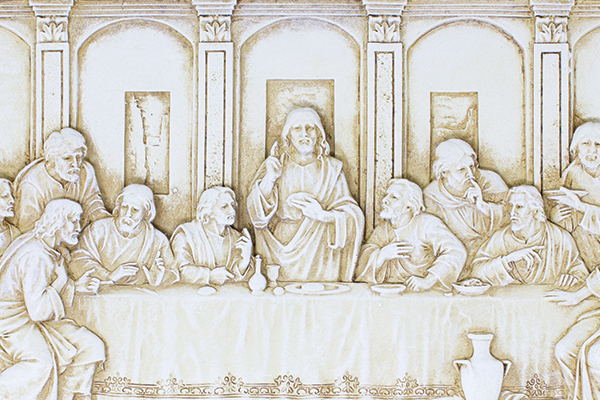
Passover meal in four parts:
Part One:
The festival blessing (kiddush) starts the meal. It is spoken over the first cup of wine, additionally, a dish of herbs is served.
Part Two:
The Passover narrative is recited and the “Little Hallel” (Psalm 113) is read, followed by the second drink.
Part Three:
Course number three is the main meal. Lamb and unleavened bread are served. These main dishes are followed by the “cup of blessing,” the third cup.
Part Four:
The apex of the Passover is the singing of Psalms 114-118, known to the Jewish as the “Great Hallel.” The meal ends with the drinking of the fourth cup.
The Fourth Cup in the Gospels
During the the last Supper, the first drink of wine is mentioned: “Then he took a cup,* gave thanks, and said, “Take this and share it among yourselves.” The second cup is referenced shortly after, and the “cup of his blood” is the third cup which is taken after supper (Luke 22:14-20).
In Mathew Chapter 26, Jesus takes the third cup, shares it and then says “I tell you, from now on I shall not drink this fruit of the vine until the day when I drink it with you new in the kingdom of my Father.” Then they sang a hymn (Psalms 114-118) and went to the Mount of Olives. Jesus did not complete the Passover meal, at that point. That would require drinking the fourth cup. He drank it on the cross:
“After this, aware that everything was now finished, in order that the scripture might be fulfilled, Jesus said, ‘I thirst.’ There was a vessel filled with common wine. So they put a sponge soaked in wine on a sprig of hyssop and put it up to his mouth. When Jesus had taken the wine, he said, ‘It is finished.’ And bowing his head, he handed over the spirit.”
Jesus waited to drink the fourth cup until he was at the point of death. Jesus included his passion and death in the Last Supper. This means he saw his death as the Passover sacrifice. In this action, he united the Last Supper to his death. He made the cross a Passover and the Last Supper a sacrifice. These two events are the same single sacrifice.
Related Products:


